The tides have a crucial role to play in powering Britain
As an island nation it makes sense that we should embrace the power of water. Steven Cutts looks at using tidal energy to supply electricity to the national grid

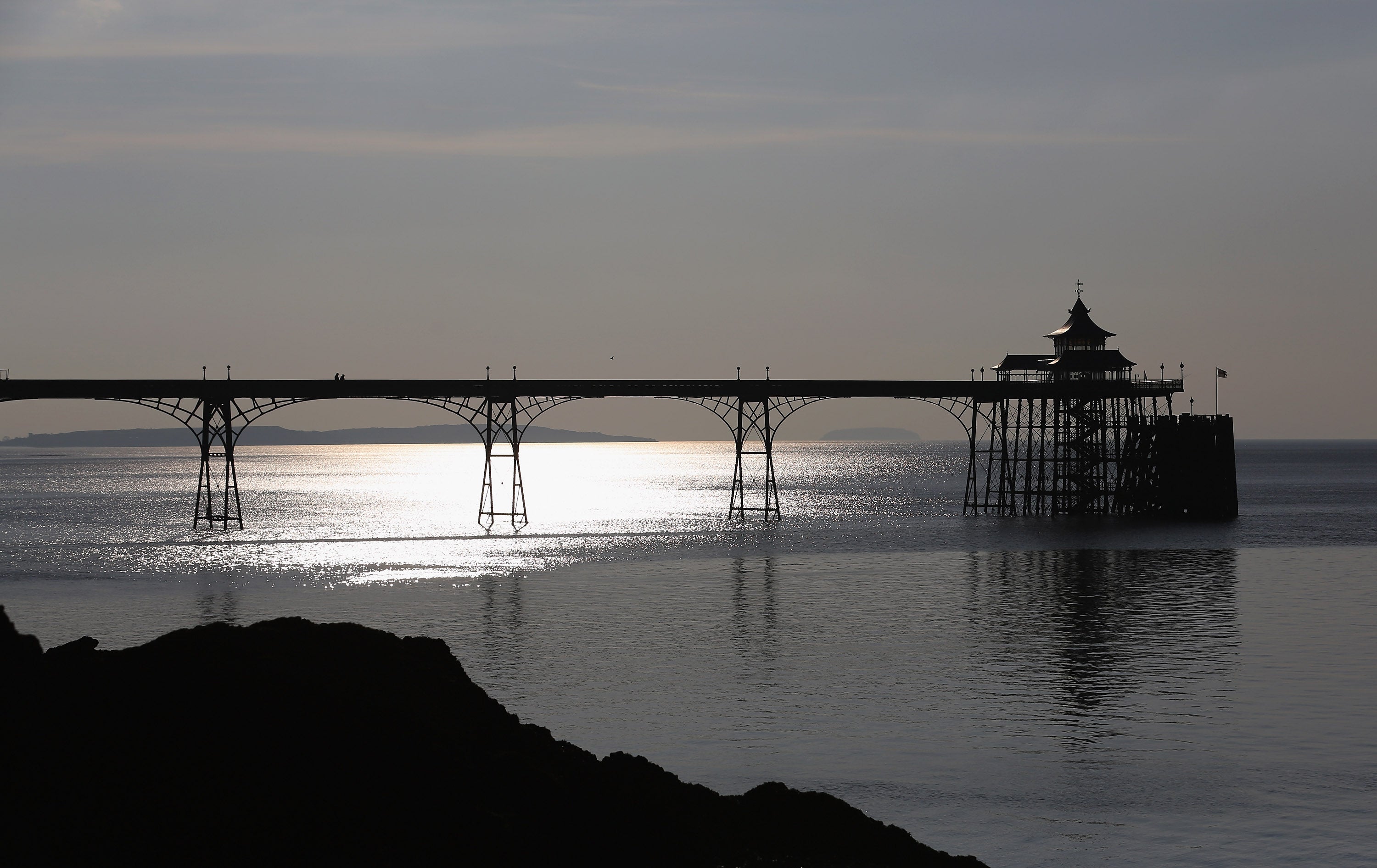
We live in uncertain times, but some things remain entirely predictable and one of them is the sea. The moon orbits the earth every four weeks and the level of the ocean will rise and fall with it.
Long before we started thinking about harnessing the tides, people were making energy out of water. The Victorians used water wheels to power early textile mills, sometimes with great effect. So long as it keeps raining upstream, water from the hills will continue to rush down towards the sea and if you position turbines in the right place, you can seize some of the energy for yourself.
This kind of thing works much better when you build a dam and establish a large reservoir of water on the upstream side of your turbines. Not only does it achieve consistency of flow but the sheer height of the water behind the dam guarantees a high water pressure and a high speed of flow through the turbines.
Read More:
For many years now, engineers have looked at the possibility of using tidal energy to supply electricity to the national grid. As with so many other forms of renewable energy, tidal energy is intermittent but at the same time, it is entirely predictable. We know in advance how the tide will pan out and we can allow for the fluctuations in electrical output much more easily than we can with wind and solar.
Today amount of energy stored in the tides is immense, much more that we could ever need for human activity on Earth and yet at the same time, it is one of the hardest forms of energy to capture. Perhaps for this reason there have been very few examples of successful tidal power stations yet built with the very first appearing in France in the Rance river in 1966. Its output is measured at 240 megawatts during peak production. Since then, similar projects have been built in Canada and South Korea.
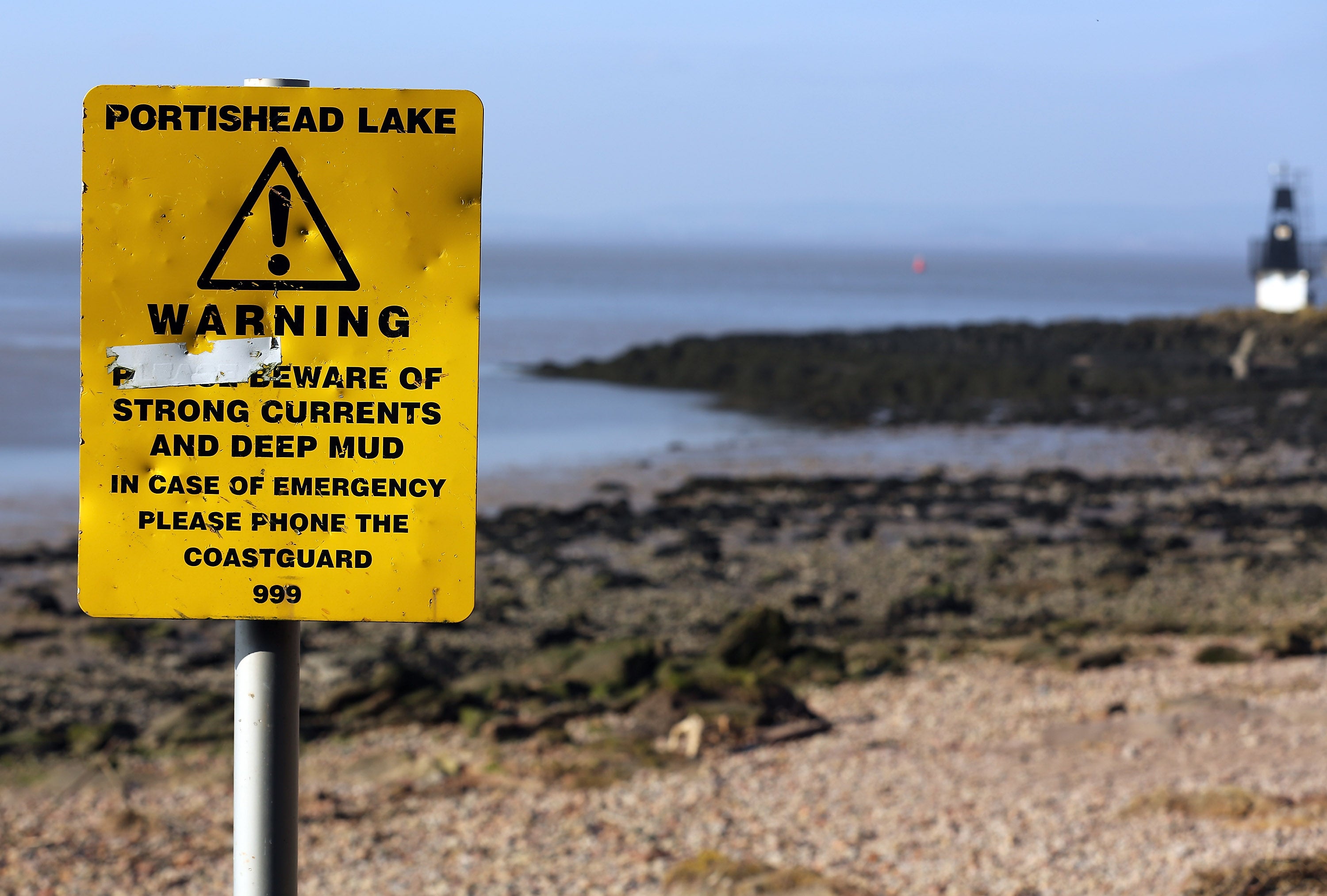
The second best place in the world to build a tidal power station is the Severn Estuary between England and Wales. Such a structure was first proposed in 1849 and has been repeatedly discussed and reconsidered to this day.
During the early 1980s it was suggested that this one massive project could produce 15 per cent of all the power that we need in the UK. Since that time, a number of innovations have made it possible to produce much more than that but in total, a tidal barrage in the Severn would only provide about 5 per cent of our electrical power (We’re now using three times more electrical power than we were in the early 1980s).
The Severn Estuary barrage could probably function for over 120 years. It would require no fuel, produce no pollution and have none of the problems of nuclear waste disposal
The appeal of a tidal barrage has waxed and waned with factors that were completely independent of the actual engineering. The energy crisis of the late 1970s forced people to look at this kind of project in more detail than before and although it was rejected, the recent anxiety about carbon footprints and global warming has led to renewed interest in alternative energy. More recently the Cameron government looked at the Severn Estuary barrage and again chose to reject it, concluding that the case for construction of the barrage was not yet convincing. Although expensive, not all costs would have been covered by the taxpayers. The sovereign wealth fund of Kuwait expressed an interest in the project but again the British government turned it down.
The Severn Estuary barrage would be one of the largest infrastructure projects ever attempted. It has been estimated that the construction period would last about 8 years (incidentally, such an estimate might prove to be optimistic) and would employ about 30,000 people. There are various designs on offer with most producing 6 and possibly as much as 15 gigawatts of electrical power. This would be the equivalent of building between 3 and 7 Sizewell B style nuclear reactors. In contrast to a nuclear reactor, which would usually have a working life of 50 to 60 years, the Severn Estuary barrage could probably function for over 120 years. It would require no fuel, produce no pollution and have none of the problems of nuclear waste disposal.
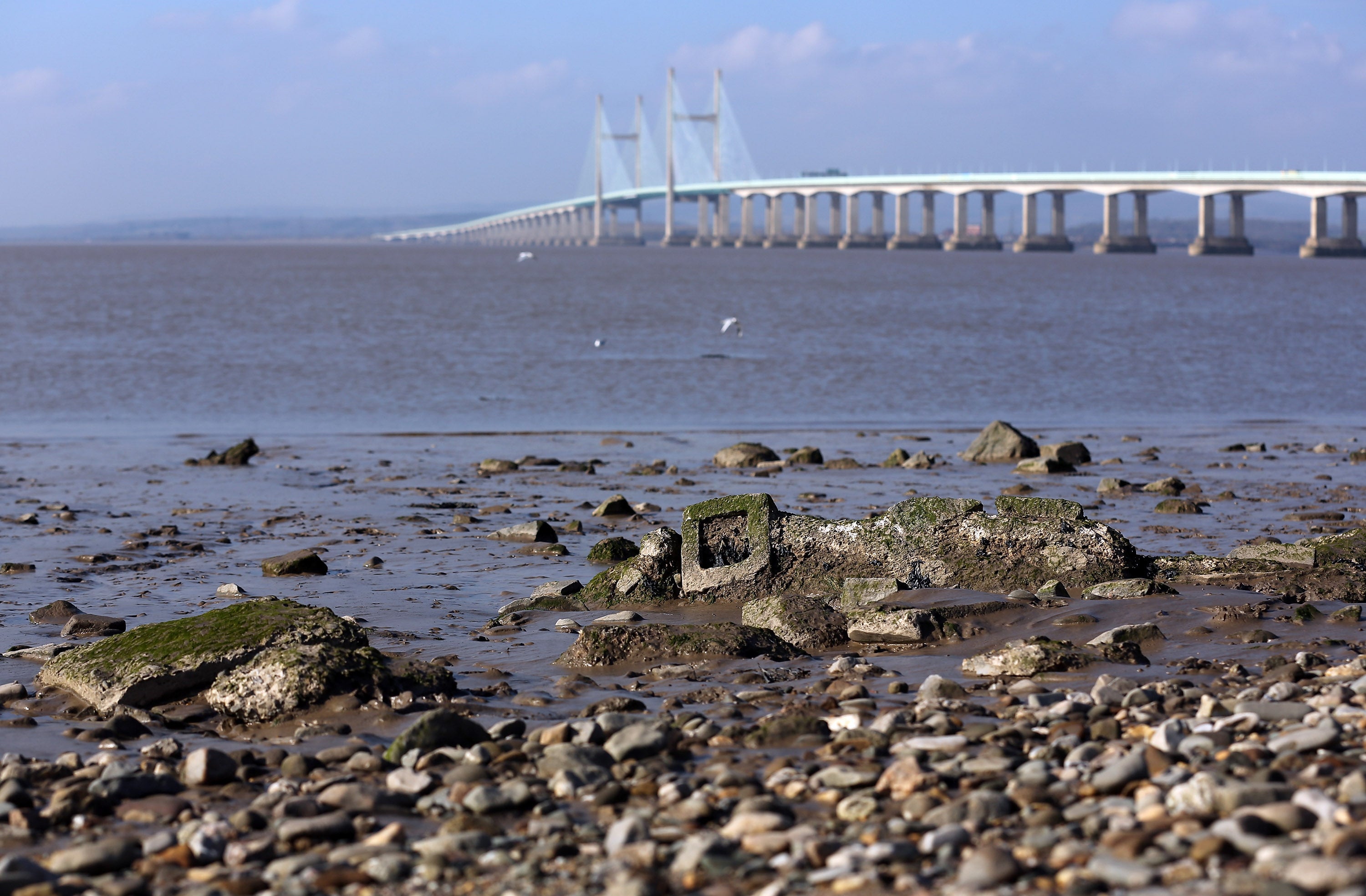
The more ambitious designs might involve a dam some 10 miles long with many separate gates. When the tide flows in, the gates would be opened and the water level north of the dam would then rise. Once high tide has been reached, the gates would be closed and the level of the ocean would start to fall as the tide went out. What’s unusual about the system is that the difference in water level between high and low tide is particularly large for the Severn Estuary (up to 14 metres). In addition, the water from the River Severn will continue to flow downstream, further increasing the water level just north of the dam. Eventually, as the gap between the two levels reaches its peak, the engineers controlling the dam would open the gates.
Under considerable pressure, the water flowing out would drive more than 200 turbines and the National Grid would experience an extraordinary surge in energy production. This wild variation in output is a problem for all renewable energy projects but we can predict the amount of power produced from a tidal barrage with some precision. Using undersea cables, we would be able to share (or should I say “sell”) spare power to France or Ireland. Eventually when the two water levels are equal, the system stops producing power and the engineers would have to wait for the cycle to begin again.
But there’s another way to operate the system. If we are to assume that the current vogue towards renewables is to continue into the future, the National Grid will become a victim of the extremely unpredictable nature of solar and wind energy. Sometimes, there is simply no wind and very little sunlight. Upon other occasions, the system will be awash with renewable energy that we can’t use. Fired on by the climate emergency, many countries are in the process of building immense batteries that will store energy on a particularly windy day and then release that same energy during a lapse in production.
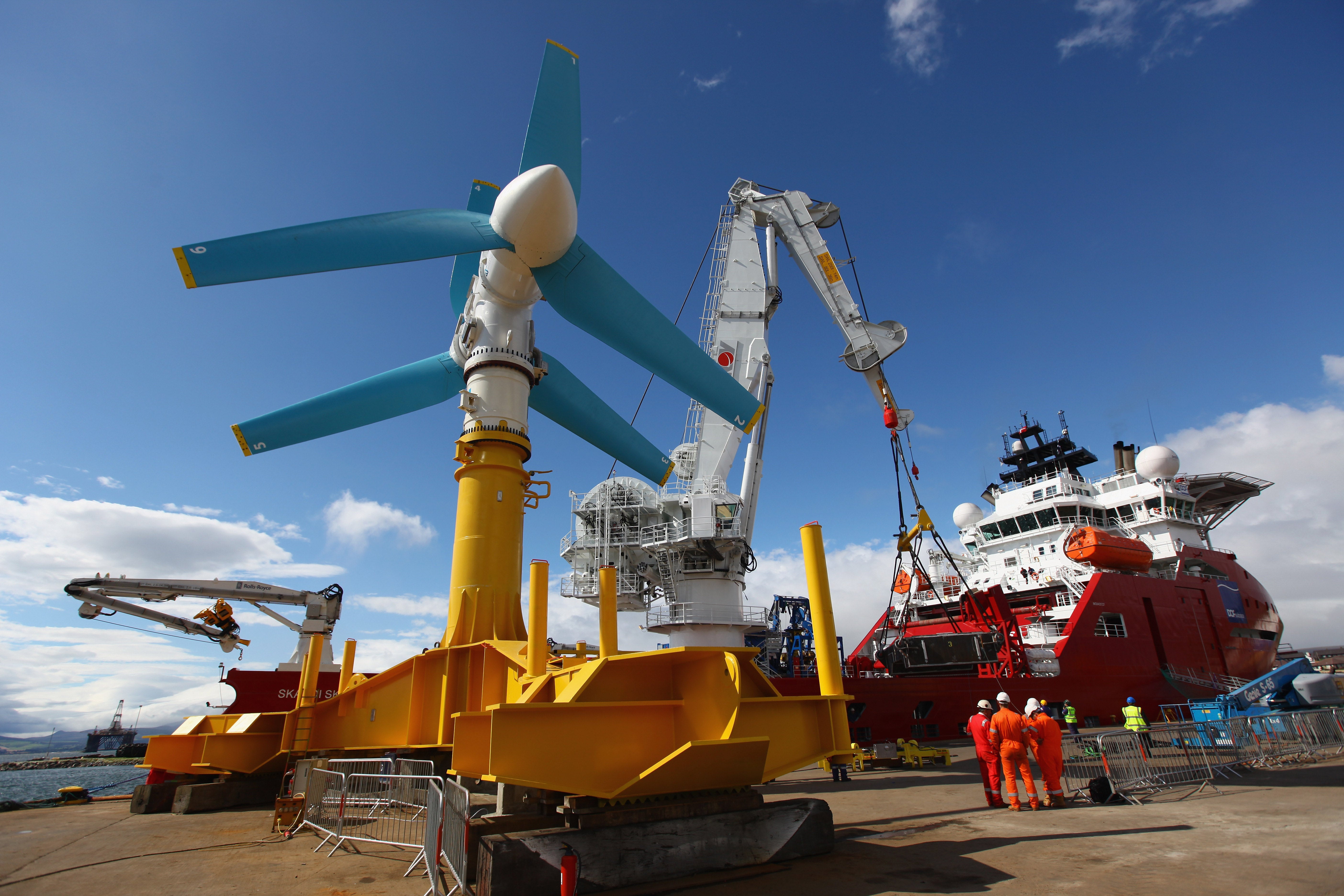
What if we used spare power in the grid to operate pumps at the site of a tidal barrage, effectively pumping sea water out of the ocean and up above our now closed dam? When the gates are open, we can retrieve most of this energy using the turbines. (A pump storage system.) Thus, a structure on the scale of the Severn Estuary barrage would become a massive and alternative battery, buffering our renewable energy generating system on a daily basis.
Inevitably, there are other problems with the Severn Estuary barrage. There would have to be a lock in the centre of the dam to allow cargo ships to continue to pass through the barrage and so into the ports beyond. Silting has also been cited as a potential obstacle and it is likely that the mouth of the estuary would require dredging on a regular basis. The water level north of the barrage would surely alter as would the salinity. The mudflats around the estuary are home to innumerable species and there is a genuine concern that the construction of the barrage would destroy their habitats.
The mudflats around the estuary are home to innumerable species and there is a genuine concern that the construction of the barrage would destroy their habitats
This kind of issue creates divisions within the environmental movement itself. Here is a project that will do more than any other to reduce our dependency on fossil fuels and the environmentalists are consciously trying to obstruct it for the sake of a few birds. Exactly how bad this problem would be is hard to anticipate. However, a large study of the world’s first tidal barrage in France found that in the medium term, the species that used to live in the areas flooded by the tidal barrage simply re-established themselves on the altered banks of the same estuary.
As with HS2, costs could run into the tens of billions of pounds. In addition, the Severn Estuary barrage is a massive construction project that is some distance from London and the home counties. In some quarters, civil engineering is seen through the prism of nostalgia. There is a sense in which Britain led the world in heroic engineering projects in the 19th century. Nowadays, we should see it as a spectator sport where every new project is shouted down because of the effort involved.
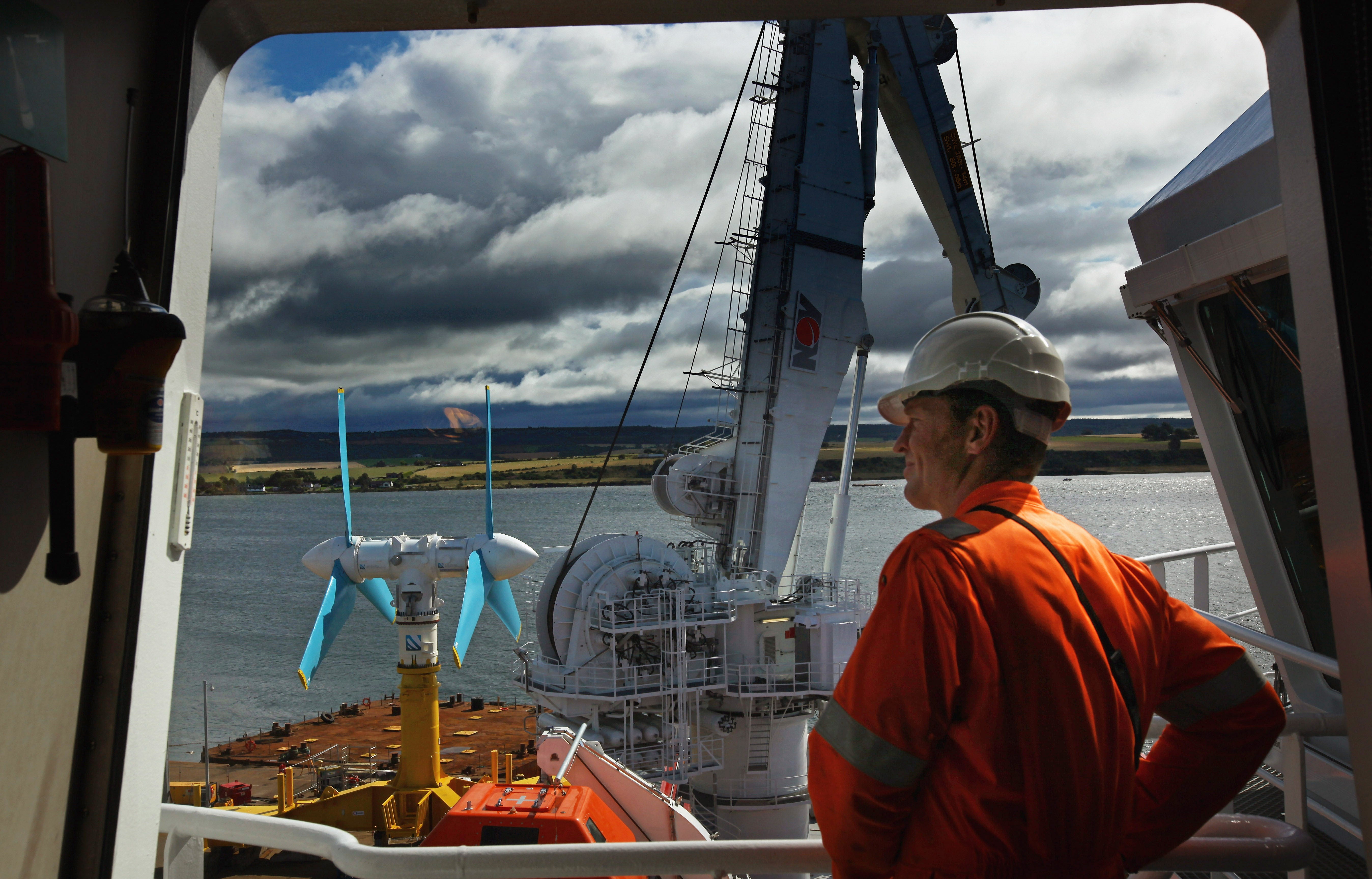
In that sense, it might be sensible to consider building a smaller project on the Mersey. Prior to the last general election, the then Labour leader Jeremy Corbyn announced that a future Labour government would provide several hundred million pounds to build a tidal barrage on the Mersey. As with the much larger project on the Severn, this would require the construction of a lock to allow shipping to pass through and again it would provide a huge amount of electrical power although nothing like the scale of the Severn Estuary barrage.
The advantages of the Mersey barrage are that the smaller scale of the challenge makes it more realistic and there is now an active project to build and construct a tidal barrage over the Mersey, augmenting the not insubstantial windmill array that has already been built in that area. A successful barrage across the Mersey would open people’s minds to the potential of the concept and lower the political threshold for authorising the more significant tidal barrage across the Severn.
Other engineers see the potential for harnessing the tides without building a dam, using turbines that are latched to the sea bed and spin in the tide in much the same way as windmills spin in the wind above water. There have even been proposals for tidal turbines attached to the same towers as offshore wind turbines. Building a concrete barrage around a harbour or effectively a lagoon has long been a favourite of environmentalists. Here the water level would vary purely with the tides since there would be no rivers pouring water into the lagoon from above. In turn this would eliminate the concerns about silting of the sea bed and altered shorelines upstream from the dam.
Read More:
A lagoon project in Swansea was recently cancelled at the last minute and I think this was a mistake. We continuously come up with paper-based concept studies and never build anything, making it harder for the next generation of decision makers to deal with the same problems.
This is a country with an extensive shoreline and it makes sense to take advantage of our own geography. Politicians need to authorise a small-scale, low-budget project even if the economics don’t add up. It’s only when we have a system like this up and running that it becomes possible to assess how it really works, how much it will really cost and how the public and industry have reacted to its arrival.
Join our commenting forum
Join thought-provoking conversations, follow other Independent readers and see their replies
Comments